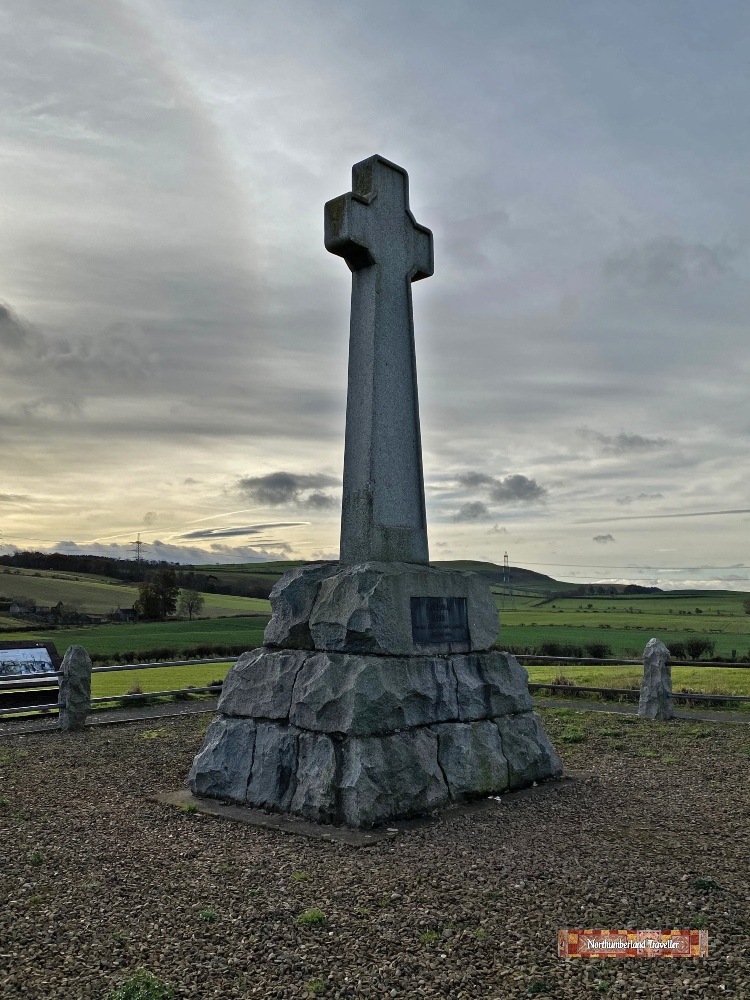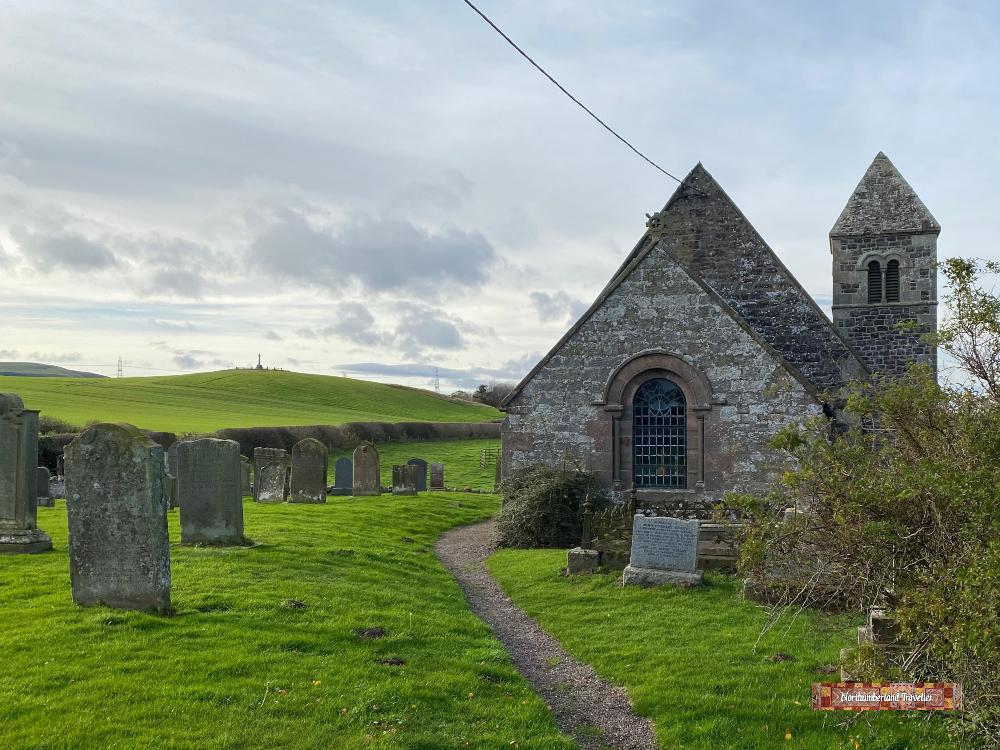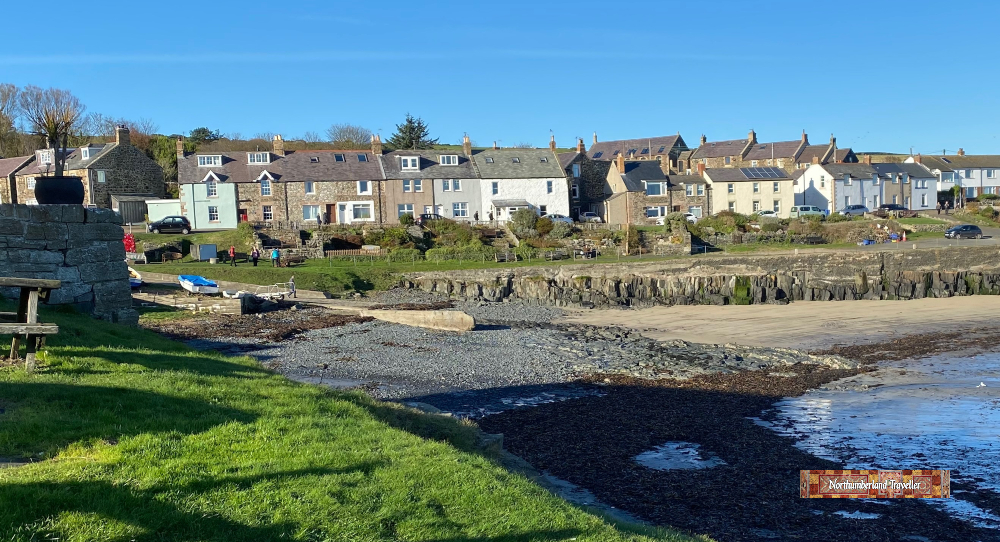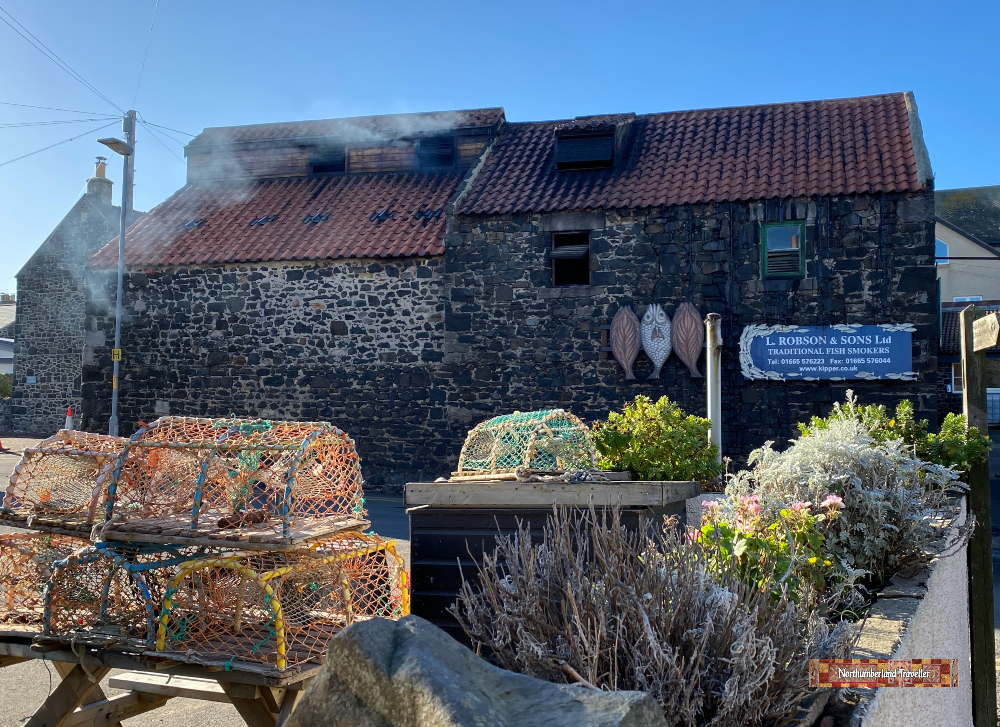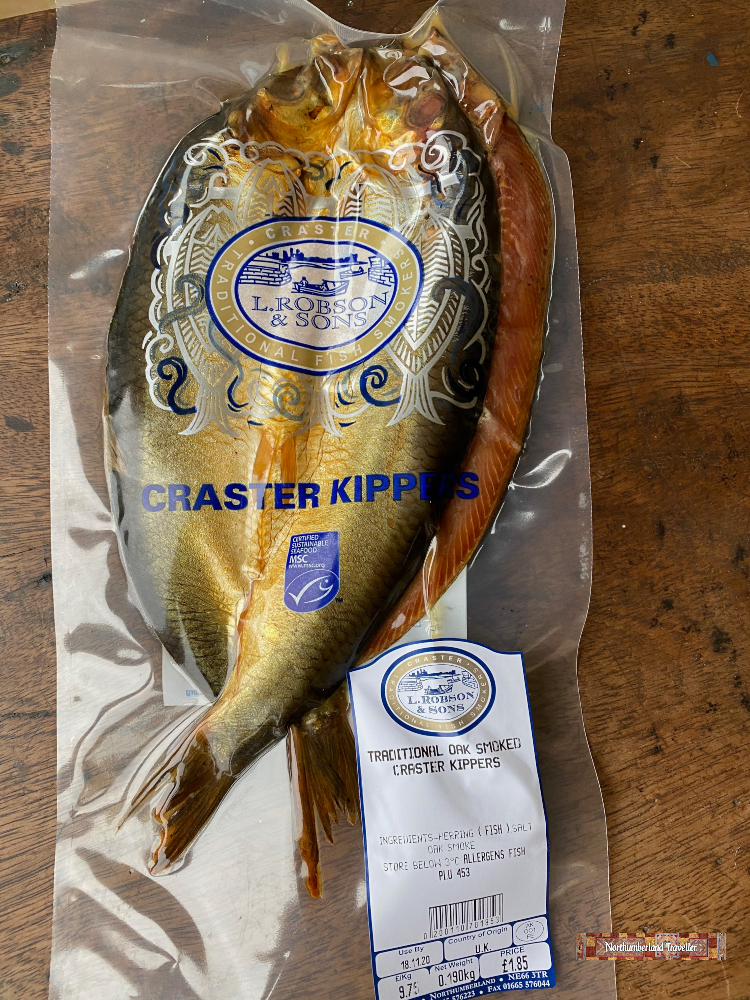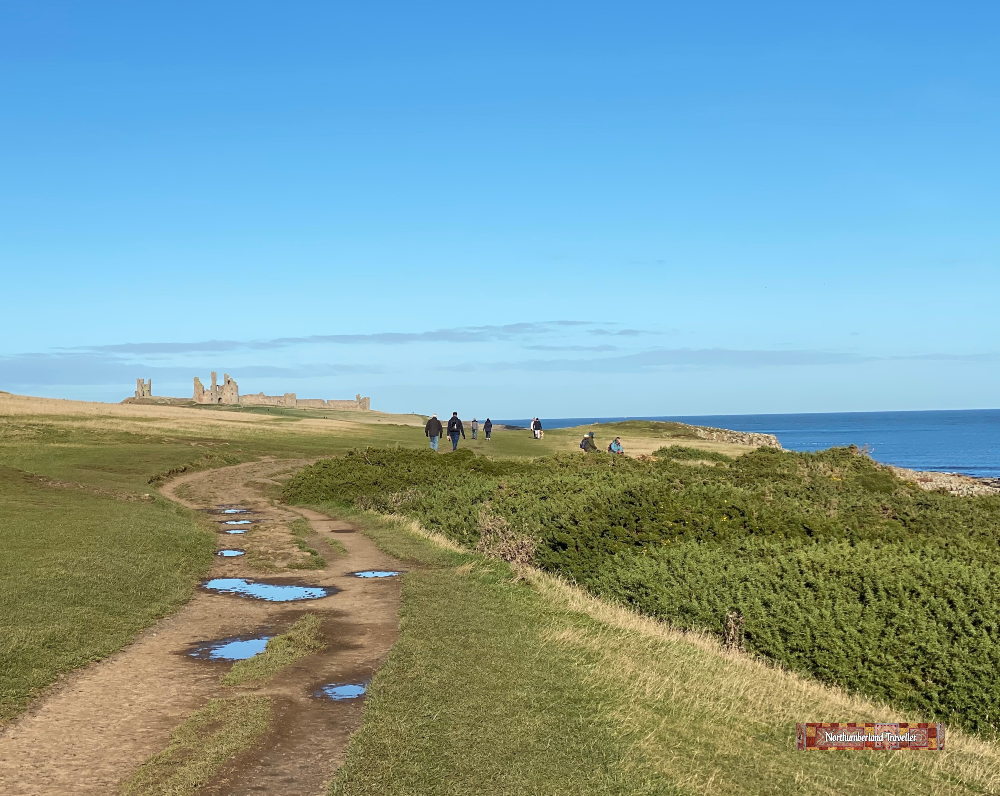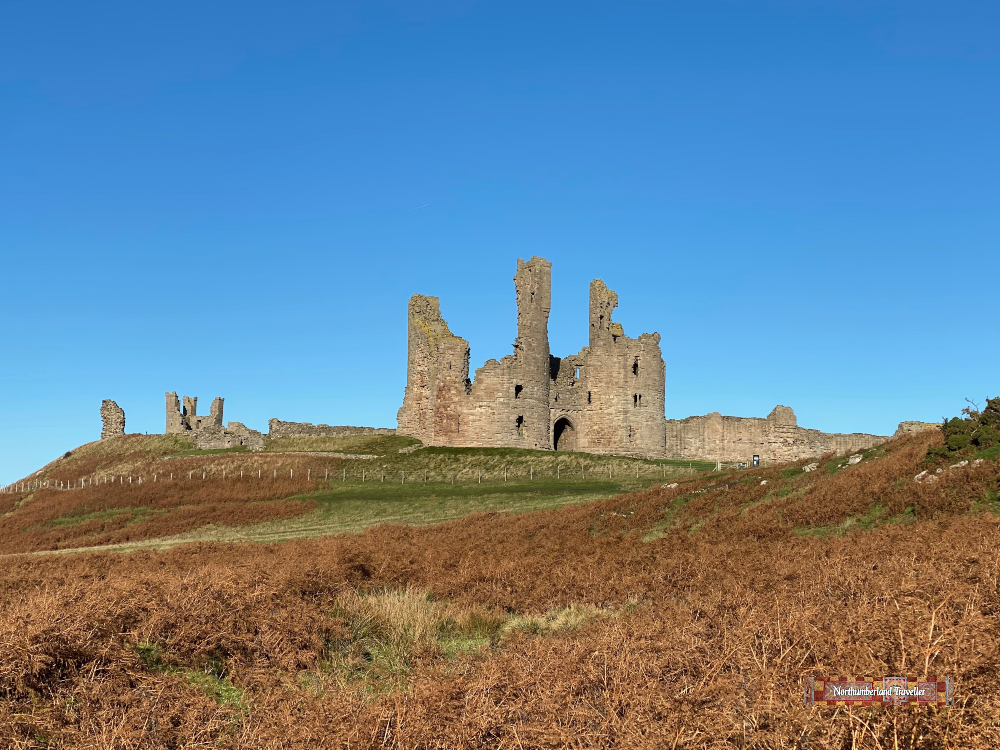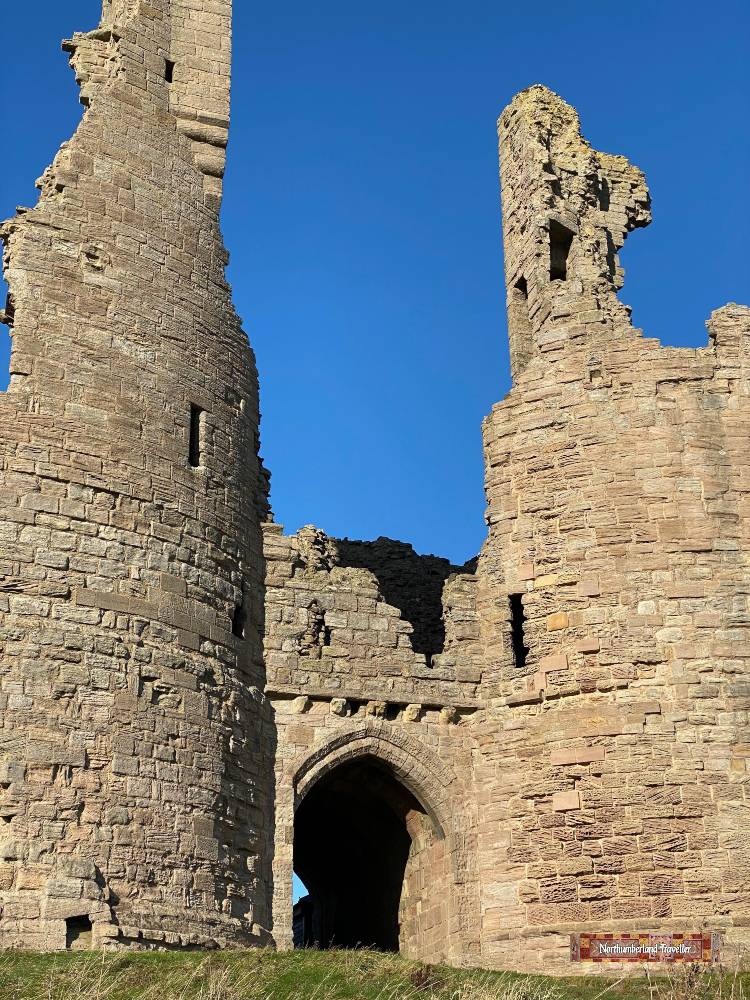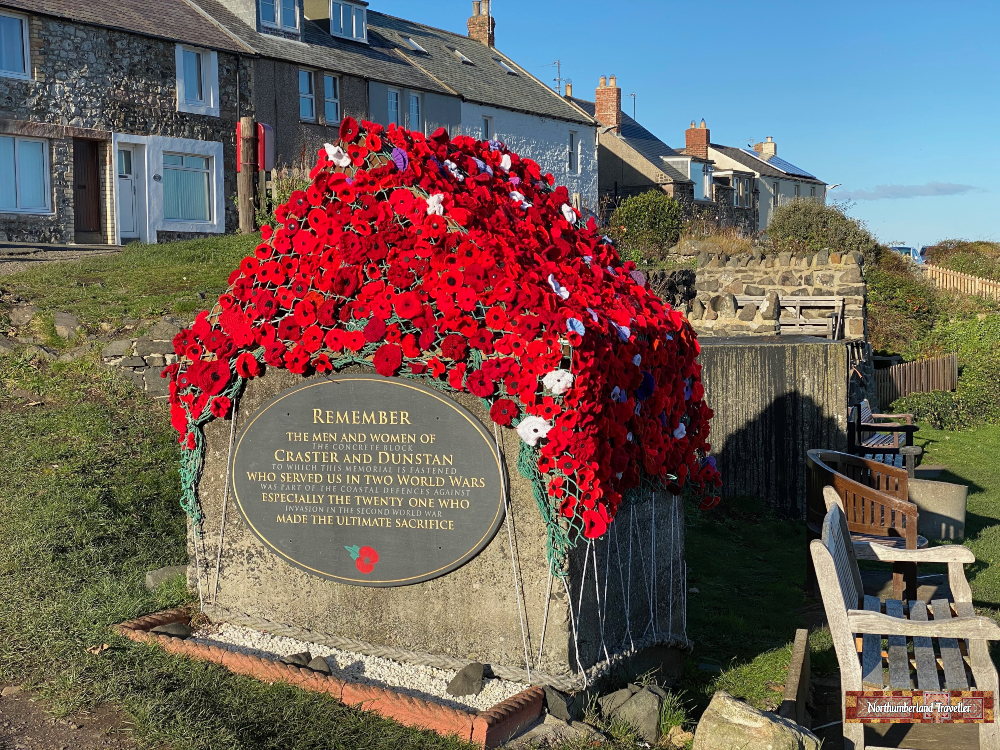A while ago I wrote a post about artist L S Lowry‘s association with Berwick-upon-Tweed. He was not the only artist to have connections with Berwick, a picturesque town which has inspired more than its share of painters over the centuries.
I have researched a few of them and here is a small sample.
Joseph Mallord William Turner (1775 – 1851)

Turner visited Berwick at least twice and created some of his famous landscapes in the area including Norham Castle, Dunstanburgh Castle, Berwick Harbour and this one, Berwick Castle, painted in 1831.
It is thought that Turner sketched this scene from a vacant lot at what is now 21 Castle Terrace. Turner did not know it, but he was sitting on the site of a missing medieval church and graveyard which was only rediscovered in 1988 when building work on the plot exposed human remains and stones. The site is now fenced off but I took this photo at the foot of the hill below Turner’s vantage point in order to get a similar perspective.

The old bridge in Turner’s painting is now hard to see from this point, partially obscured behind two more bridges constructed since Turner’s time – the Royal Border Bridge (in the foreground), finished in 1850 and the Royal Tweed Bridge, opened in 1928.
Berwick Castle is much diminished since Turner’s painting. The route of the railway line and the siting of the Royal Border Bridge necessitated the demolition of much of what remained of Berwick Castle to make way for Berwick-upon-Tweed railway station. The Victorians were so confident that their progress was superior to whatever came before, it seems they had no qualms about flattening a historic castle to accommodate a railway station.
Sir Frank Brangwyn (1867 – 1956)

The Royal Border Bridge is a Grade 1 listed railway viaduct with 28 arches and has become a tourist attraction in its own right. It too has been featured in many artworks such as this 1924 London & North Eastern Railway poster by Sir Frank Brangwyn. He was born in Bruges and lived in England from the age of seven. He was a prolific artist producing as many as 12,000 artworks during his career.

Seen up close you cannot fail to be impressed by the skill and ambition of the Victorian engineers. When work started on the bridge it was longer and higher than any bridge built before.
John Blair (1870 – 1920)

I am not familiar with this artist but he painted a series of Scottish and Northumberland scenes which were turned into ‘oilette’ postcards by Raphael Tuck and Sons. (I have written about oilette postcards before – see here). Blair was born in Paxton, just over the border from Berwick. The scene on this 1923 postcard features an octagonal Bell Tower, built in 1577, replacing one of 19 towers which acted as look out points on the medieval town walls of Berwick. The earthen mound to the left of the tower was excavated in the 1970’s to reveal Lord’s Mount, a powerful gun tower built by King Henry VIII to strengthen Berwick’s defences.

As you can see, little has changed since Blair’s painting.
Thomas Sword Good (1789 – 1872)


This artist was born in Berwick and he lived in this house at 21 Quay Walls from 1846 – 1872. He was skilled at portraits of ordinary people going about their daily tasks.

He often painted the cliffs around Berwick as backgrounds to his genre paintings.
There are many more artists with links to Berwick and, if you are interested, you can find out more in this book: Artists in Berwick: Inspiration and Celebration by Edwin Bowes.





















































